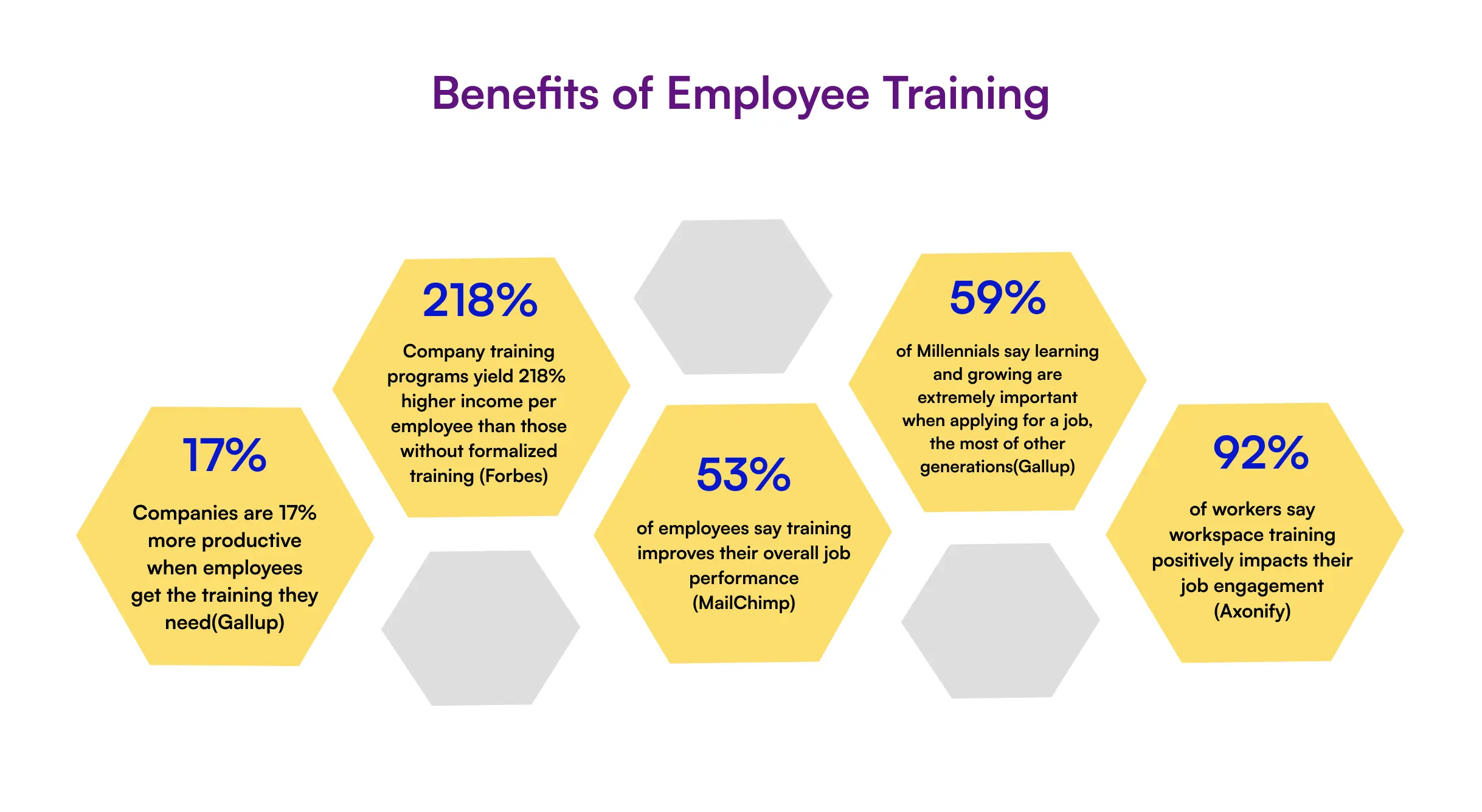
Future of field service in modern technology?
Table of Contents
Significant developments and changes will influence field service through a variety of service management trends that result from technological disruption in response to growing consumer demands.
Organizations need to make strategic choices and prepare for the changing field service landscape. They stay informed about the industry’s disruptions and can identify areas where little is happening. Instead of just responding to short-term problems, this planning entails adopting a long-term strategy that considers the changes occurring in the field service sector.
It helps identify the white spaces where not much is happening right now and keeps them in line with the disruption occurring in the sector.
So, how might service management develop in the future? Let’s examine these top field service trends to see how they are developing and how service employees are reacting. You can have a better understanding of the impact and ways in which these technological advancements in FS management are influencing the field service sector by attentively researching them.
Predictive maintenance
One of the most important areas of attention is predictive maintenance, which is a crucial part of the field service transformation driven by AI and evolving into predictive field service management.
Using artificial intelligence (AI) and machine learning to forecast equipment failures, saves downtime and significantly increases operational efficiency by increasing resource productivity, especially field service. It is therefore essential for improving client satisfaction.
The global predictive maintenance market is projected to reach USD 67.21 billion by 2030, up from USD 8.31 billion in 2022, at a compound annual growth rate (CAGR) of 29.86%, according to Precedence Market Research.
Remote help using AR and VR
Another trend that is changing the way field service teams work is the use of AR and VR for remote help. One of the major developments in field service automation is the use of AR and VR.
By 2025, almost half of all service management installations will incorporate Augmented Reality (AR) solutions, according to Gartner.

In the service sector, a virtual environment based on actual events is created using AR and VR technology. It helps customer service representatives view and understand the issue in advance so that they can arrive at the client’s location equipped with the necessary tools and spare parts. It also lets them communicate with qualified specialists from far away to get advice and assistance.
These technologies lower travel expenses and time while increasing the number of first-time fixes by allowing specialists to see problems and solutions before they even reach the site. Additionally, field service staff receive better training in AR and VR, which results in a workforce that is more knowledgeable and productive. Therefore, one of the key industry trends for field service management is AR and VR.
Adaptive scheduling and dispatch
Processes for scheduling and dispatch serve as the link between technicians and back-office employees. The loss of productivity and low first-time fix rate are immediate consequences of any mistake or bad management at this stage.
- Companies may extend the working day by 20 to 30 percent by employing data and telematics to track technicians’ schedules in real-time.
- Companies are also “reducing costs by optimizing dispatch processes through employing information such as skills, proximity, priority, and account allocations for scheduling and dispatch,” according to Deloitte.
To maximize the cooperation between technicians and back-office support, cloud-based field service management solutions that enable dynamic scheduling and dispatch are essential. Field workers’ schedules and locations can be tracked and managed by technicians using telematics and real-time data, which also increases operational efficiency.
Route optimization
The optimization of routes has been a problem for the field service business for years since routes have various costs. Traveling between customer sites takes time and resources, which is the main cost element. In addition to employee salaries for travel time, there are expenses associated with gasoline and vehicle upkeep. The potential cost of having technicians travel rather than complete billable work is another indirect expense, as is the administrative time required for arranging and dispatching.
Because of this, field service employees have been more interested in optimizing routes. As a result, advanced software for route optimization and the use of route analytics have become popular, making them one of the key trends in field service software.
Global News Wire estimates that the market for route optimization software will increase at an astounding 17.9% CAGR from 2022 to 2030, from an expected USD 5.8 billion in 2022 to USD 21.7 billion.
Businesses are embracing geographic information systems (GIS) technology to improve routes and reduce time and fuel expenses, as indicated by the growth rate.
Users can track travel time, choose fuel-efficient routes, and avoid unscheduled pauses inside the service delivery network with the help of route optimization software solutions. A strong route optimization engine that evaluates many scenarios to verify the time and cost aspects in order to offer the optimal routes is typically included in such solutions.
Self-service portals for customers
By 2027, the global market for client self-service solutions is projected to have grown from its 2022 size of USD 12.9 billion to USD 34.35 billion.
Customers are becoming more empowered, which is reflected in the growth of customer self-service portals. As these service portals advance in sophistication, they support the development of increasingly robust consumer connections and community involvement around a brand’s products.
Because self-service portals and applications give clients the information and tools they need to find technicians, book technician appointments on their own time, and give feedback on the work they’ve done, their use is growing. Using self-service portals has two amazing advantages:
Customers have more choice over when and how they want to be supplied thanks to it. You can use it to create a community around your product or service and effectively engage customers with more creative content and other activities.
- With 70% of consumers expecting a self-service portal on a business’s website, the self-service economy may expand far more quickly than you might anticipate.
- 73 percent of customers would rather use a company’s website for support than social media, SMS, or live chat.
Employees as a service
Service-based workforce is yet another trend changing the field service environment. One of the trends in field service strategy is the model’s support for the gig economy, which allows field service firms to recruit freelancers and freelance technicians as needed, giving them flexibility and scalability. Having access to role-based data via cloud-based platforms guarantees that these independent contractors may do their work quickly and effectively.

In the United States, there are roughly “68 million freelancers,” according to McKinsey. There will be a major change in the field service business as a result of the industry’s anticipated increase in independent contractors and technicians as technology advances field service management procedures.
Tools for technician enablement
Understanding the entire field service management process from the technicians’ point of view is essential to comprehending technical enablement tools. They must acknowledge that they are human and not a resource, and as such, they are prone to blunders, weariness, and irritation. Facilitating them with resources that share their burden and provide assistance during difficult times is the next step after acceptance.
The modernization of field services is facilitated by these tools, which also significantly enhance customer service. For example, they could get information from diagnostic tools like service manuals, service histories, repair and diagnosis recommendations, and the appropriate service manual to resolve the problem.
Performance management resources
The manager of a field service company is aware that a standard FSM process necessitates a performance evaluation of people, processes, and assets, and he or she always wants the highest performance from the field service team. The emergence of performance management apps has brought about a substantial transformation in the performance monitoring process.
To assess performance, the majority of firms utilize KPIs or measures. Performance management tools would be used more frequently as businesses shifted their operations online in order to establish, define, track, and evaluate KPIs for field teams, assets, and other areas.
- With an estimated USD 19.32 billion, the worldwide asset performance management market is projected to expand at a compound annual growth rate (CAGR) of 12.0% between 2023 and 2030.
- The global field service management market is projected to reach a value of USD 6.17 billion by 2028, up from USD 3.173 billion in 2021, at a Compound Annual Growth Rate (CAGR) of 11.7%.
Managing knowledge
Finally, with a retiring workforce and high turnover rates, businesses are putting more emphasis on knowledge management as they try to acquire and hold onto crucial skills. Knowledge management systems that work well protect and make available important information, which improves technician performance and service quality.
The industry’s attempts to stop knowledge loss would grow as a result of an aging workforce, high staff turnover, and complicated operations. The talent problem is a major concern for organizations because of the huge number of employees who are retiring and the lack of new hires. Nevertheless, knowledge management will prove to be beneficial and dispel this anxiety.
It may be one of the factors driving more recent efforts to better the framework for knowledge management. The industry’s enhanced first-time fix rate is a key factor in the increasing knowledge management initiatives. By providing trained professionals in the field with access to vital information, such as service manuals related to work orders, businesses may increase the likelihood that issues will be resolved promptly and precisely.
Stay Active with the updated Field Service Management Trends and Uplift your Field Business
Trends in field services make it abundantly evident that a combination of technology innovation and strategic vision will define field service management in the future. Companies that proactively embrace these developments in field services will be in a strong position to adapt to changing demands and prosper in the cutthroat field service industry.
Considering how quickly technology is evolving and customers are adopting technological solutions, something that sounds like a “nice to have” could quickly become a “must-have.” Additionally, companies frequently leave as a result of these disruptions since they are unable to adapt and adjust. Businesses can successfully traverse the constantly shifting service management landscape while maintaining their competitiveness.
Maintaining a proactive approach and monitoring emerging trends that affect field service companies is therefore essential. Adopting field service management software like Lystloc that fulfills all of your needs and combines these features is the best approach to capitalize on current developments.























